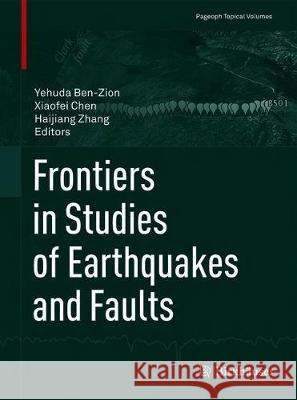Frontiers in Studies of Earthquakes and Faults » książka
topmenu
Frontiers in Studies of Earthquakes and Faults
ISBN-13: 9783030245207 / Angielski / Miękka / 2019 / 379 str.
Kategorie BISAC:
Wydawca:
Birkhauser
Seria wydawnicza:
Język:
Angielski
ISBN-13:
9783030245207
Rok wydania:
2019
Wydanie:
2019
Numer serii:
000034741
Ilość stron:
379
Waga:
0.72 kg
Wymiary:
25.78 x 19.43 x 2.01
Oprawa:
Miękka
Wolumenów:
01











